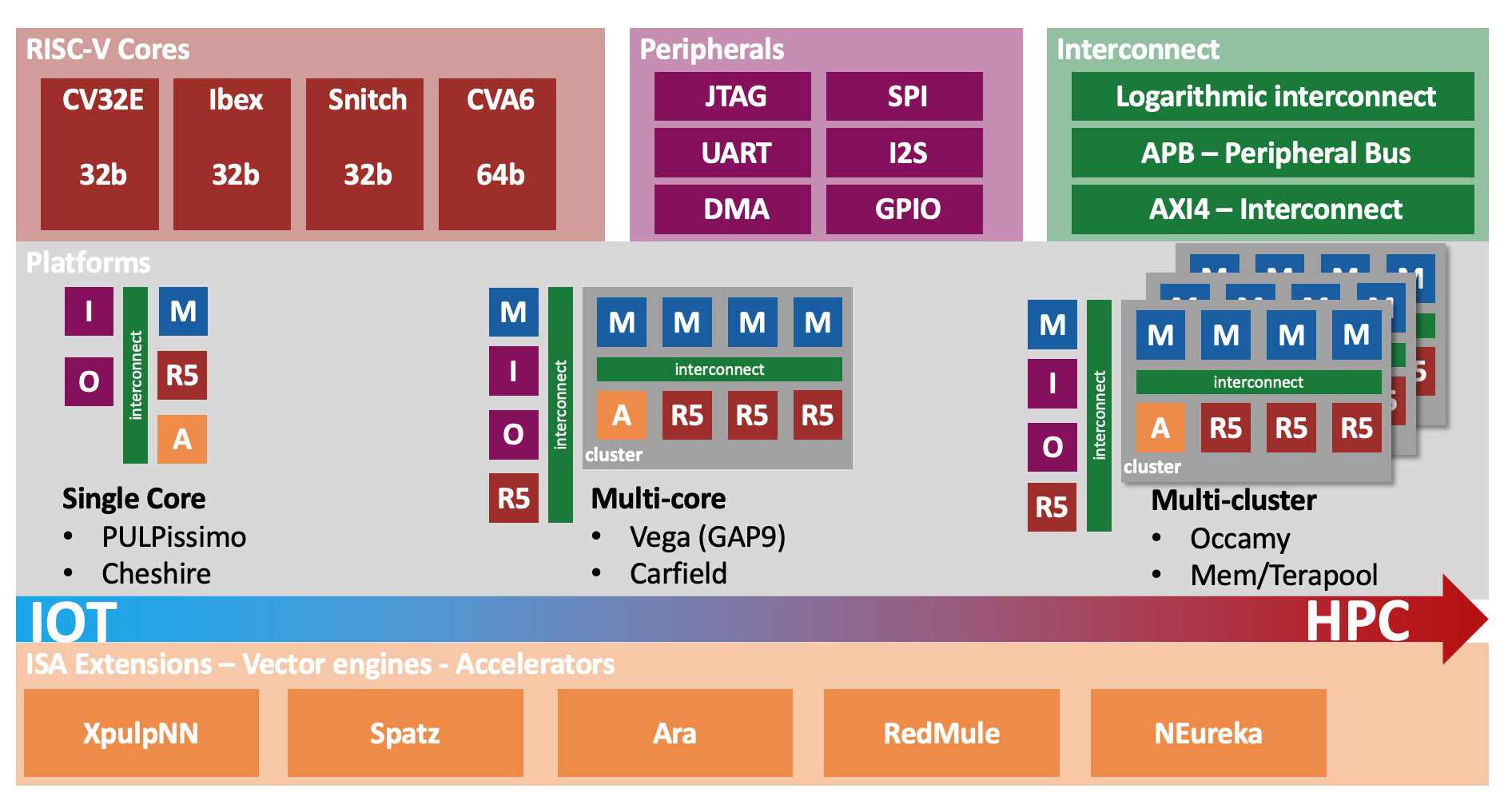Phoronix: Western Digital To Open-Source The "SweRV" RISC-V Core In 2019
More than a year ago Western Digital talked up how they would begin designing RISC-V cores and shipping them in devices and that is indeed panning out. The company has unveiled their new SweRV core and plans to open-source it in 2019...
More than a year ago Western Digital talked up how they would begin designing RISC-V cores and shipping them in devices and that is indeed panning out. The company has unveiled their new SweRV core and plans to open-source it in 2019...




Comment